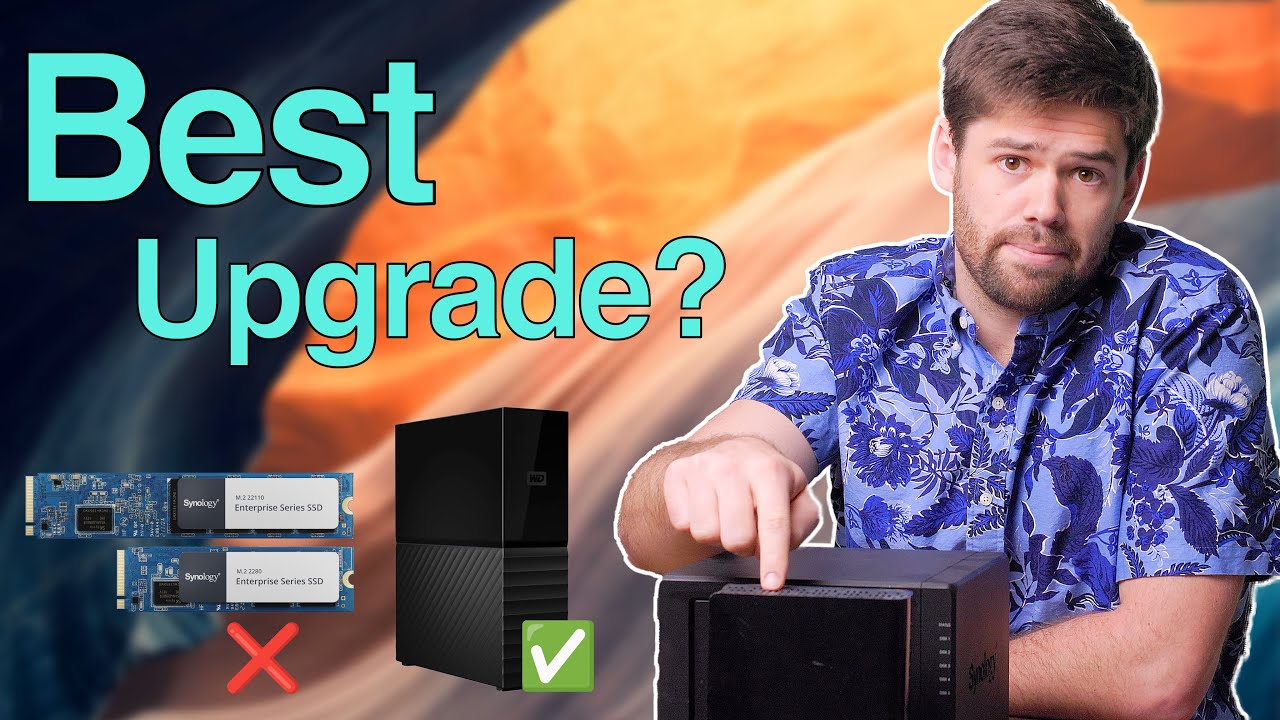I’ve built my first home server rack. It’s a 25U four post rack from StarTech.com. I’m running a Unifi UDM SE, and USW pro, along with a couple shelves to hold bits like the fiber gateway, Philips Hue hub, etc.
I’ve got an old DS212J that has served me well as a home file server, and media server, but it’s showing its age and I’m eager to start experimenting with VMs, Docker containers, hosting a VPN for when I’m out of town, and more that newer Synology systems offer.
I’m stuck deciding between the RS1221+ and DS1821+. I have plenty of room in my rack at present so I could place the DS1821+ on a shelf. Until my home renovations are completed at the end of the year noise would also be a factor since the rack is currently in my home office. After the renovation, the rack would be moved to a dedicated closet where noise wouldn’t be an issue.
I’m leaning towards the DS1821+ for the cheaper price, and the fact it includes NVMe cache support out of the box. With one kid, and another on the way, I’m filling up storage with photos and videos as an avid user of Adobe Creative Cloud tools.
After researching hard drives, I’m planning to go with Will’s recommendation of using Seagate Ironwolf HDs, but I hit another decision point when I saw on Amazon there’s three different offerings of Ironwolf drives. Ironwolf, Ironwolf Pro, Ironwold Pro (new). I was looking at the 16TB drives expecting to buy five and add on later as needed.
From Amazon the pricing confused me.
- 16TB IronWolf: $320
- 16TB IronWolf Pro: $249.99
- 16TB IronWolf Pro (new): $249.99
I can’t find any information about the difference between the pro and pro(new) model. Also, the pro model was cheaper than the normal IronWolf and had higher performance? Is the pro model drive significantly louder than the normal IronWolf drives?
I appreciate any help/opinions you all can offer. I know I’m very new to the “home lab” hobby, but I’m not afraid to tinker with technology. I’m hoping this NAS solution gives my family a place to centrally store data and utilize it wherever they are. Managing multiple cloud service subscriptions at present is driving us nuts.
